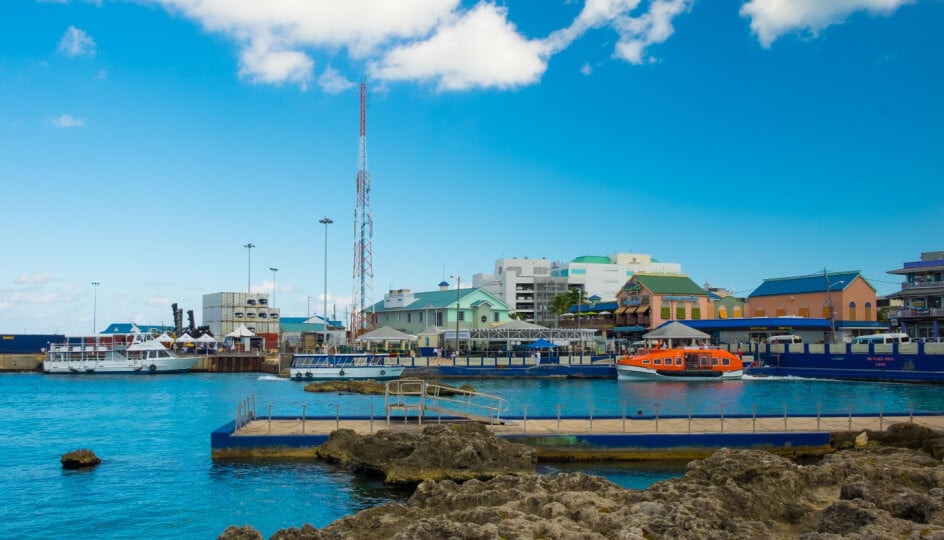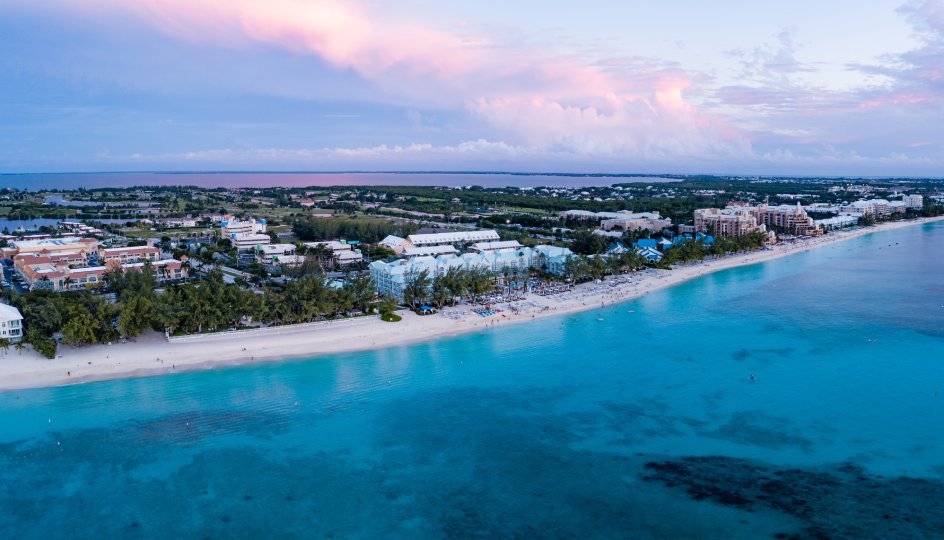Liquidating your Cayman Islands business before year end: practical tips to beat the end of year deadline

Cayman Islands-based entities looking to liquidate before the end of 2024 and avoid the 2025 annual fees should start the process before 30 September 2024.
If you are considering winding down your Cayman Islands business before the end of 2024, it’s important to start the process now as it can take up to six months to complete. One of the benefits of early planning is saving on upcoming fees, such as those payable to service providers like auditors, registered office providers and directors, as well as annual government registration fees.
For fund vehicles, it is even more crucial to start early as the requirements of the Cayman Islands Monetary Authority (CIMA) - particularly the filing of 2024 audited financial statements before 31 December 2024 – create additional complexities.
Entities that are reporting financial institutions (RFIs) under the Foreign Account Tax Compliance Act (FATCA) or the Common Reporting Standard (CRS) or are relevant entities conducting relevant activities as defined in the Economic Substance Act (as revised), may also want to take advantage of a 2024 dissolution date to avoid 2025 reporting with the Cayman Department of International Tax Cooperation (DITC). If your entity has conducted relevant activities for any period during 2024, it is recommended that both the 2023 and 2024 economic substance returns be filed with the DITC before 31 December 2024.
Options to terminate your company
- Voluntary liquidation of an entity
A voluntary liquidation is the appropriate termination procedure in instances where the entity has a trading history or substantial assets and liabilities to ensure all affairs are properly settled.
These are the steps to liquidating a company in the Cayman Islands:
The voluntary liquidation is approved by special resolution by the members (for an exempted limited company registered under the Companies Act) or by the affirmative vote of the required majority of members (in the case of a limited liability company registered under the Limited Liability Companies Act). A copy of the special resolution is filed with the Cayman Islands Registrar and notice of the voluntary liquidation and appointment of the liquidator is published in the Cayman Islands Gazette.
The liquidator is required to advertise the final general meeting of the company in the Cayman Islands Gazette once the exempted company’s operations have been fully wound up. The final general meeting is to be held by the voluntary liquidator no less than one month after the date on which the notice is published. Following the completion of the final general meeting, the liquidator will prepare a final return which must be filed with the Cayman Islands Registrar within seven days.
The company will be deemed dissolved three months from the date of filing of the final return. If the final general meeting (for a company) is held on or before 31 January 2025 or if the Notice of Dissolution (for a partnership) is filed with the Cayman Islands Registrar by 31 January 2025, the entity will not be subject to the 2025 annual registration fees.
For regulated fund entities, all deregistration requirements must be satisfied with CIMA before 31 December 2024 to avoid the 2025 annual licensing fees payable to CIMA (CI$3,500 or US$4,268).
What is a compulsory liquidation?
A compulsory liquidation in the Cayman Islands is a legal process whereby a company is ordered to wind up its affairs and dissolve by the Grand Court of the Cayman Islands. This process is typically initiated by a petition filed by the company itself, a creditor, a shareholder or CIMA under certain regulatory laws.
- Strike-off
A strike-off is a faster, cost-effective way to terminate entities with no trading history and no significant assets or liabilities.
The Cayman Islands Registrar has the power to strike off an entity if it has reasonable cause to believe the entity is no longer carrying on business, is not operational or if the company fails to comply with certain regulatory requirements, such as failing to pay fees or file necessary documents. The entity itself may also request to be struck off. This requires a resolution from the directors or general partners confirming that the entity has no assets or liabilities.
While a strike-off is simpler and cheaper than a voluntary liquidation, there is a risk that the entity can be restored to the register by court order if a creditor or shareholder applies to the courts within a certain time period (up to two years and no more than 10 years).
A strike-off is generally only suggested where the entity has not carried on any business activity and is free from all assets and liabilities or where it has been dormant for a considerable length of time.
Key dates and considerations
Non-CIMA registered entities: Should you wish to avoid the 2025 annual Cayman Islands registration fees, the final general meeting must be held on or before 31 January 2025. For an exempted limited partnership, a Notice of Dissolution must also be filed by the same date. It is possible to complete a straightforward voluntary liquidation within 60-90 days. For entities that plan early and act now, this can be achieved before 31 December 2024.
CIMA registered funds (mutual funds or private funds): The liquidation of a registered fund is more complex and generally takes longer than the standard 60-90 days. It is therefore recommended that companies start the termination process in advance of Q4. In accordance with guidance issued by CIMA, a fund must file the initial deregistration documents within 21 days of one of the following two scenarios:
- the date the fund ceased trading, the formal decision to cease trading or the date the fund ceased its investment activities
- the date of appointment of a liquidator.
The fund will remain active until the deregistration process is fully complete. All required documentation and the submission of the final stub period audit must also be filed with CIMA as part of deregistration. If the audit cannot be completed by 31 December, the fund may accrue the full CIMA license fee for 2025. The filing application of “license under termination” and “license under liquidation” is no longer available, which means funds will be liable for the 2025 annual fees in full unless the deregistration is fully completed by 31 December 2024.
The CIMA deregistration may run alongside the liquidation/dissolution, however formal closure of the entity cannot be completed until CIMA has granted approval to terminate the fund’s registration. TMF Group’s capacity to act as liquidator can therefore only occur once the CIMA deregistration process is complete.
In summary, entities should start the termination process as soon as possible to meet the 31 December deadline. The liquidator must hold the FGM by 31 January 2025 to avoid incurring 2025 fees. For funds that are CIMA registered, the process is more complex and takes longer. It is important that managers take steps to commence the process immediately, bearing in mind the 21-day notice period recently introduced by CIMA.
How TMF Group can help
TMF Group can assist with terminating your Cayman Islands entity before year-end. We offer the following services:
- acting as assistant to the appointed voluntary liquidator, including attending to all statutory filings and Gazette publications
- acting as voluntary liquidator (only where the entity has no assets or liabilities)
- preparing all required liquidation/strike-off documentation
- providing guidance throughout the process and monitoring timelines/deadlines
- providing other services such as final FATCA and CRS filings and CIMA deregistration.
Contact our experts today to find out how we can help terminate your Cayman Island business.





